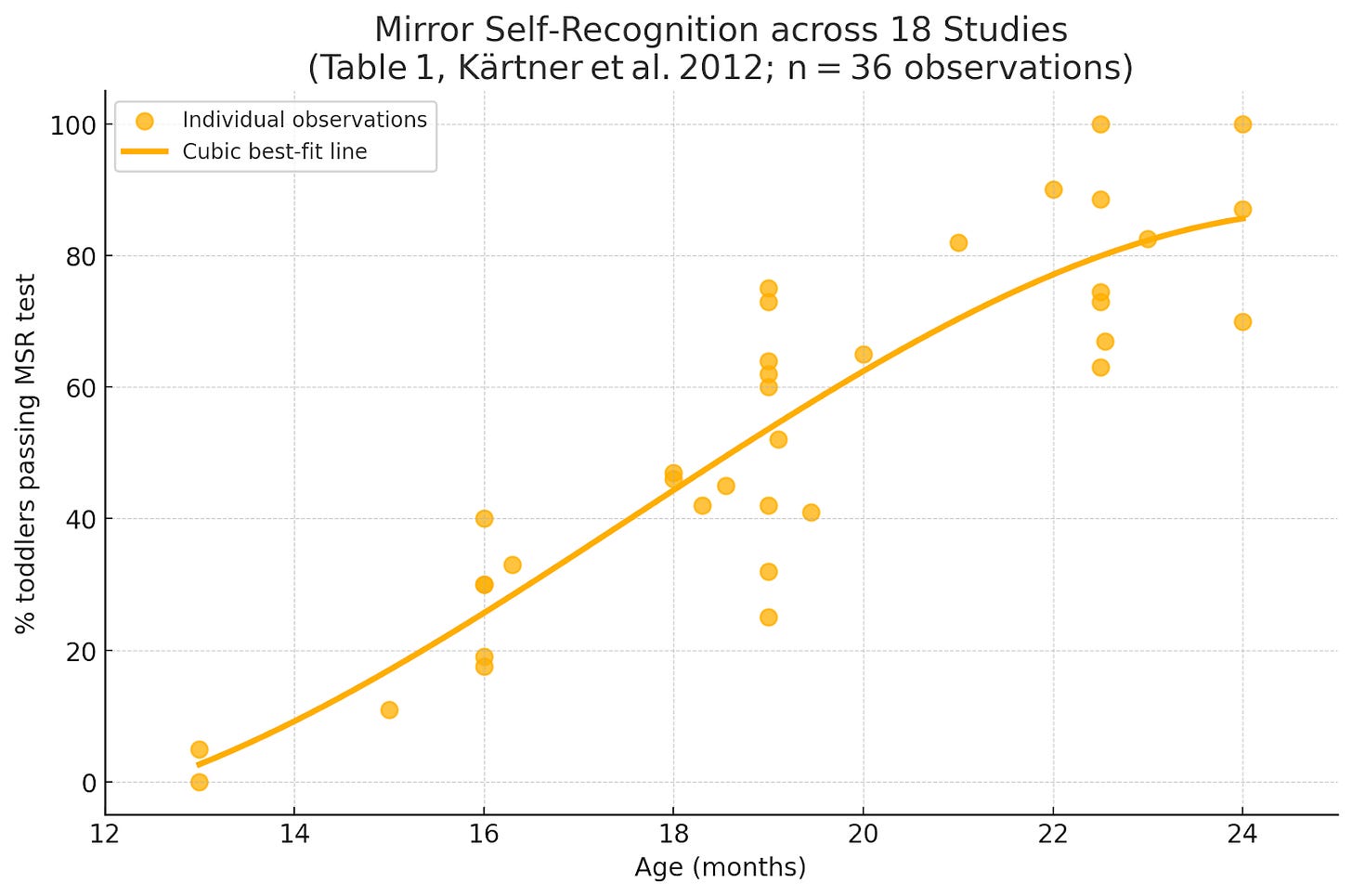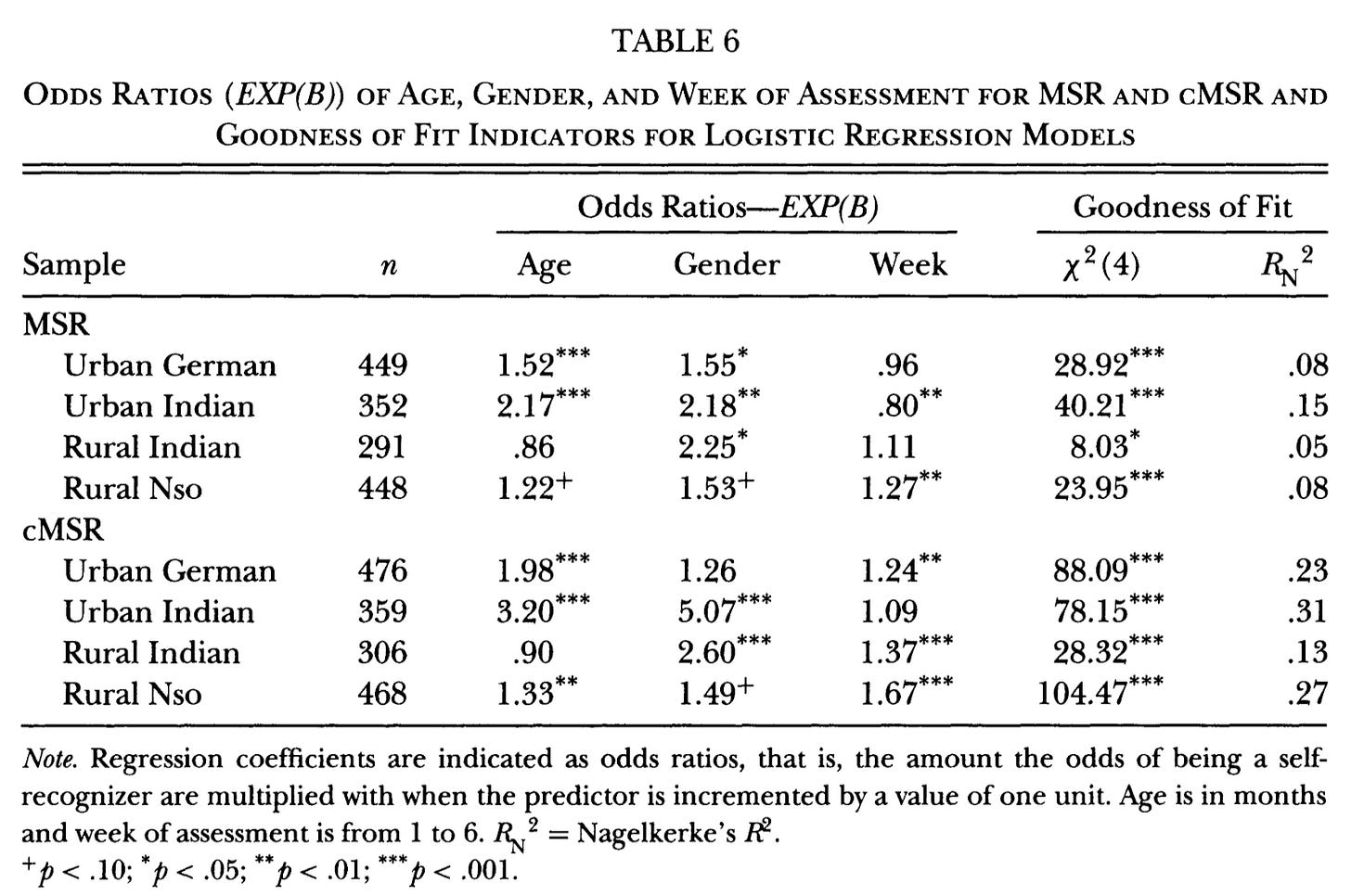Are There Sex Differences in Self Awareness?
Yes, but you have to look at the data papers present, not their text.
Never ask a man his salary, a woman her age, or an academic if men and women are different. This is known, like never going against a Sicilian when death is on the line. And yet I made the classic blunder while doing a lit review on sex differences and self-awareness.
Scott Alexander has a great piece On Priesthoods, where he defends the concept of gatekeepers. His position is essentially, “this but unironically” to the above meme, because academics have a reputation to maintain, which is a limiting factor on bullshit. But even this falls apart when entire fields are in ideological lockstep, which has happened to an uncanny degree in the last two decades.
Given the power of truth and how easily accessible information is today, knowing how to discern truth has never been more rewarding. So I want to write a short demonstration of how to safely navigate ideological riptides.
Are girls self-aware earlier?
“The typical non-priest who lies to support a political cause will repeat some un-fact-checked lurid anecdote, or some utterly idiotic misinterpretation of garbled data. But the deceits of priests are subtle and elegant. They’ll publish a study that observes the forms almost perfectly, then bury something in the footnotes which reveals that it’s irrelevant to any of the real world situations that people would expect it to be relevant to.” ~On Priesthoods, Scott Alexander
The great thing about academics is they are encyclopedic in their domain. The Development of Mirror Self-Recognition in Different Sociocultural Contexts is a 100-page report on Mirror Self-Recognition (MSR) in 276 toddlers in Germany, India, and Cameroon. It starts with a review of the the 18 other studies on MSR, the results of which I’ve plotted below with the help of o3:
As you can see, at 13 months almost no toddlers recognize themselves in the mirror, and by 24 months most do. This should make it easy to answer our question of sex differences and age of self-awareness. There are more than a dozen studies, and the authors even address it directly:
“With regard to gender differences, boys and girls show similar MSR rates in all studies listed in Table 1 except two studies that found that MSR rates were significantly higher for girls than they were for boys (Asendorpf & Baudonnière, 1993; Herold & Akhtar, 2008)”
So, the sexes are basically the same, right? Or if there is a difference it’s a rounding error? Not really. The above statement is true, but misleading. In academic speak “significantly higher” does not mean substantially higher, it means detectably higher. So Asendorpf & Baudonnière, the largest of the studies (n = 114) finds that at 19 months 78% of girls pass MSR, and only 54% of boys, for a difference of 24pp (the other study found 29pp). Below is a histogram1 of the remaining studies, color-coded by whether they detected a female advantage. Can you spot the issue?
The studies are underpowered. Let’s say there actually is a modest sex difference, like a 15pp female advantage at a given age, or a few weeks in terms of time. Studies with less than 50 participants (25 girls, and 25 boys) would only rarely detect that with statistical significance to p < 0.05, the scientific standard. So yes, studies do not find a sex effect, but that is expected for such small studies. The data only rejects there being some enormous sex difference, like a two month advantage for girls.
Further, many of these studies did not even check, and 2/6 of the studies with n > 50 did find significant differences—a far cry from 2/18. Overall, this is most consistent with a modest sex effect which reaches statistical significance about ⅓ of the time in studies with n = 80 toddlers. Nothing about the data suggest no effect, which is what the authors imply. Which is rich, considering their own experiments consistently show gender effects. They know better!
Here are the results of their study of 276 toddlers, which should have the power to settle the sex question. The important column is Gender, which is given in Odds Ratios—a value of 1.5 means a girl is 1.5x times as likely to pass the MSR at a given age. In every cohort, being female is worth more than being 1 month older (which is a lot for 18 month old toddlers), and apparently about twice as likely to pass the MSR (Odds Ratio ≈ 2). This is a bit more of a gap than one would expect based on an unbiased reading of the other studies, and highly statistically significant.
The data in this study, and others, support a modest to large sex effect. The text of the studies gives a different impression, because it is data filtered through the blank slate ideology of the researchers.
O, say what is truth
If you’ve read enough psychology papers or tried to get one through review this pattern is obvious. Weasel words play full court press every time academics discuss biology and any sort of normative outcome. It doesn’t help that now LLMs have marching orders to regurgitate that social science slop. Even after explaining all of the statistical issues to o3 it only half relented:
“Gender gives you a ~log-odds nudge, but the real action is whether you’re raised in a mirror-rich, autonomy-obsessed city or a subsistence hamlet. Treat the sex effect as noise unless you’re chasing marginal predictives. Culture eats chromosome for breakfast.”
Science™—like democracy—is the least bad of all available options, and I would much rather LLMs defer to it than, say, religious or political authorities. But on woke issues, the scientific establishment has debased itself and the truthseekers have been weeded out. Or as Scott put it:
“Priesthoods have been politically easy to capture for at least a hundred years. Whole fields turned Marxist during the early-to-middle 20th century. Still, it seems like this reached an entirely new level during the 2010s. This isn’t just my subjective judgment; priesthoods themselves changed their bylaws or mission statements to declare political activism an integral part of their mission and condemned past incarnations for focusing on “objective” knowledge. Many priests who opposed the changes resigned in protest; their opponents defended themselves not by saying that nothing had changed, but by insisting that the changes were good”
When Abraham got word of God’s plan for Sodom and Gomorrah he asked, “Will you sweep away the righteous with the wicked?” suggesting the city be spared if he can find 50 righteous people. Upon failure he negotiates the number to 40, then 30, then 20, and finally 10. Still no luck. I imagine there are a few holdout scientists in fallen disciplines who feel the same way.
This is my second take-down post in a month, and I’ll soon get back to more positive articles. But this was pre-requisite for my analysis of the Moments of Awakening survey, which I’ll post next week. Until then, leave a comment.
I produced this by asking o3-Pro to find the n for each study and then make a histogram. I did this on separate chats and got similar but not identical results. Not going to take an hour to pull the data myself because the next section is convincing by itself.







I think you meant to write "18 month old toddlers" rather than "18 year old toddlers."
Though God knows I've met plenty of examples of the latter.
I don't think it's fair to say P=.05 is the scientific standard. That's actually why social sciences are cooked via chicanery to get to the magic number. P values should be derived for each study based on the tests and variables used, with reference to power. That's at least my memory from stats classes